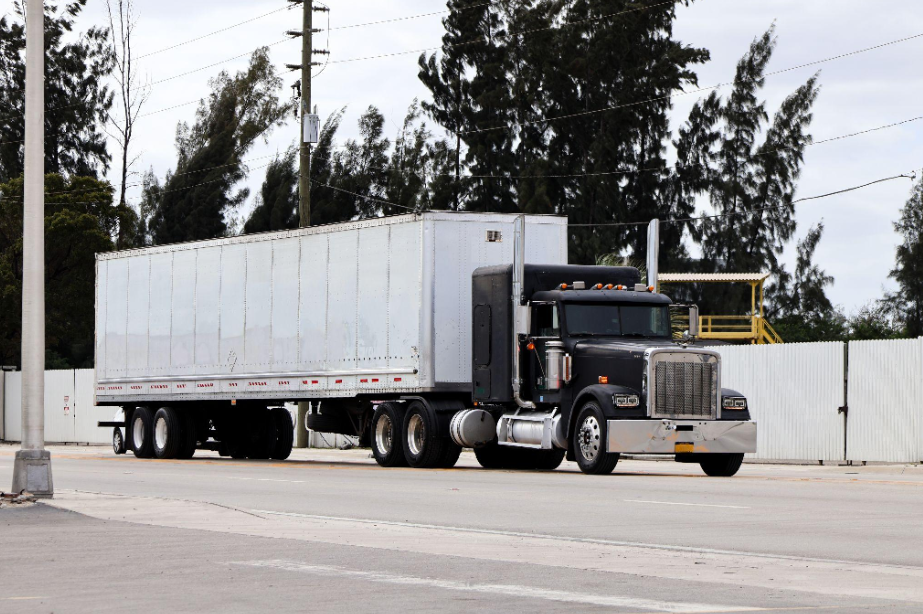When it comes to freight shipping, many businesses prefer choosing between two common options: FTL (Full Truck Load) and LTL (Less Than Truckload). Both have unique advantages. However, understanding their benefits and cost structures is key to making the right decision.
While both serve unique needs, understanding their values and distinct cost structures can significantly influence operational success.
Freight costs aren’t just a logistics concern; they are a financial decision directly impacting customer satisfaction, scalability, and profitability. With rising shipping demands across industries like manufacturing, retail, and eCommerce, selecting the most efficient freight method is crucial. Partnering with reliable logistics platforms like shipwithmina.com can help businesses optimize freight strategies and manage costs without compromising delivery performance.
That’s why we’ll explore FTL Shipment and LTL Shipment in detail in this blog and help uncover the best one.
Let’s begin!
Understanding Freight Shipping Models
Before comparing costs, it’s essential to understand how these two freight models operate. Each is designed for timelines and shipment volumes, making the choice highly contextual.
Let’s understand it better with the following points shared below:
- FTL Explained:
It involves reserving an entire truck of cargo regardless of whether the truck is filled to capacity. This method is best when your shipment volume is time-sensitive or large, or requires some kind of special handling without any interruption.
According to a study, the United States Full-Truck Load (FTL) market size is estimated to reach USD 534.9 billion by 2030 from USD 448.6 billion in 2025, with a CAGR of 3.58% from 2025 to 2030.
- LTL Basics:
On the other hand, LTL shipments consolidate freight from multiple businesses within a single truck. Each shipment occupies a set portion of the truck space, and it makes several stops in between before delivering to various recipients. This method is best suited for smaller shipments that don’t prefer to pay for an entire truck load.
- Key Differences:
The primary key difference lies in exclusivity and route optimization.
- FTL offers fast and direct delivery
- LTL is for lower-volume and budget-friendly freight
Comparing Cost Structures of FTL and LTL in the U.S.
Now that we have established and covered the fundamentals in the previous section, let’s examine how each model behaves regarding costing. Freight expenses can significantly vary depending on the destination, consistency of shipments, and volume.
Choosing the right model not only affects the short-term delivery budgets, but it can also impact broader logistics planning.
Though both the FTL shipment and LTL shipments have their uses, the below section lists a structured comparison of their key pricing components.
| Cost Factor | FTL (Full Truck Load) | LTL (LightTruck Load) |
| Base Rate Differences | Set per the truckload. It’s efficient for bulk loads. | Charged per hundredweight (CWT) as well as by distance. |
| Fuel Cost Impact | Generally lower per unit for long hauls. | Cost is adjusted by weight, size, and dimensions. |
| Volume-Based Pricing | Fixed rate regardless of space used. | Costs are adjusted by size, dimensions, and weight. |
| Regional Rate Gaps | More consistent in long-haul lanes. | Varies by region and carrier network. |
Such structural variances show how choosing the wrong model for your shipment route and size can significantly impact your profit margins. Businesses that overlook such factors often experience the cost inefficiencies that accumulate over time.
FTL vs. LTL: Which One Delivers Better Value?
Beyond the individual cost components, the true value of the FTL Shipment vs. LTL Shipment comparison lies in how each method supports your operational goals.
It’s not just about immediate savings but also about how the chosen freight model aligns well with your shipping network’s scale, pace, and overall demands. Businesses should consider the broader effect on delivery predictability, resource allocation, and customer retention.
Here’s a direct comparison across the multiple decision-making factors, which shows that value isn’t just about pricing; it’s about which model aligns well with your overall shipment and business goals.
| Aspect | FTL | LTL |
| Shipping Cost | Higher upfront, but cost-effective for large loads | Lower total cost for smaller, infrequent shipments |
| Ideal For | Sensitive Goods, Bulk orders, and strict timelines | Varied shipping patterns, and small businesses. |
| Transit Times | Faster due to a direct route | Slower due to multiple transfers and drop-offs |
| Cargo Handling | Lower damage risk and minimal handling | Better handling and higher exposure to damage |
| Delivery Speed | Predictable and often quicker | Not always guaranteed, dependent on route |
| Flexibility | Stable but less flexible | Highly flexible and fits unpredictable needs |
When considering factors like delivery commitments, customer experience, and handling frequency, selecting between LTL and FTL becomes a highly strategic decision.
Choosing The Right Freight Model: Which Is Right For Your Business
Every business operates differently. For companies moving large quantities, the FLT offers simplicity, speed, and predictability. However, if your shipping consists of smaller volumes or irregularities, the LTL shipment saves you on expenses without sacrificing reliability.
But still, selecting the right model goes beyond comparing rates. Therefore, consider your storage and fulfillment capabilities and how frequently your business needs to ship.
For some businesses, a hybrid model that leverages the LTL for regular small shipments and FTL for seasonal or large-scale movements may also work best.
Final Thoughts
Shipping is no longer just a backend process but a competitive advantage. Knowing the differences between the two freight models can help you manage your expenses better, streamline your logistics, and deliver a smoother experience to all your customers.
With over two decades of experience in logistics solutions, UTB Logistics supports companies that are expanding as well as transporting goods across Mexico, US and Canada. The team helps streamline all your shipping processes in order to ensure reliable and efficient delivery.





